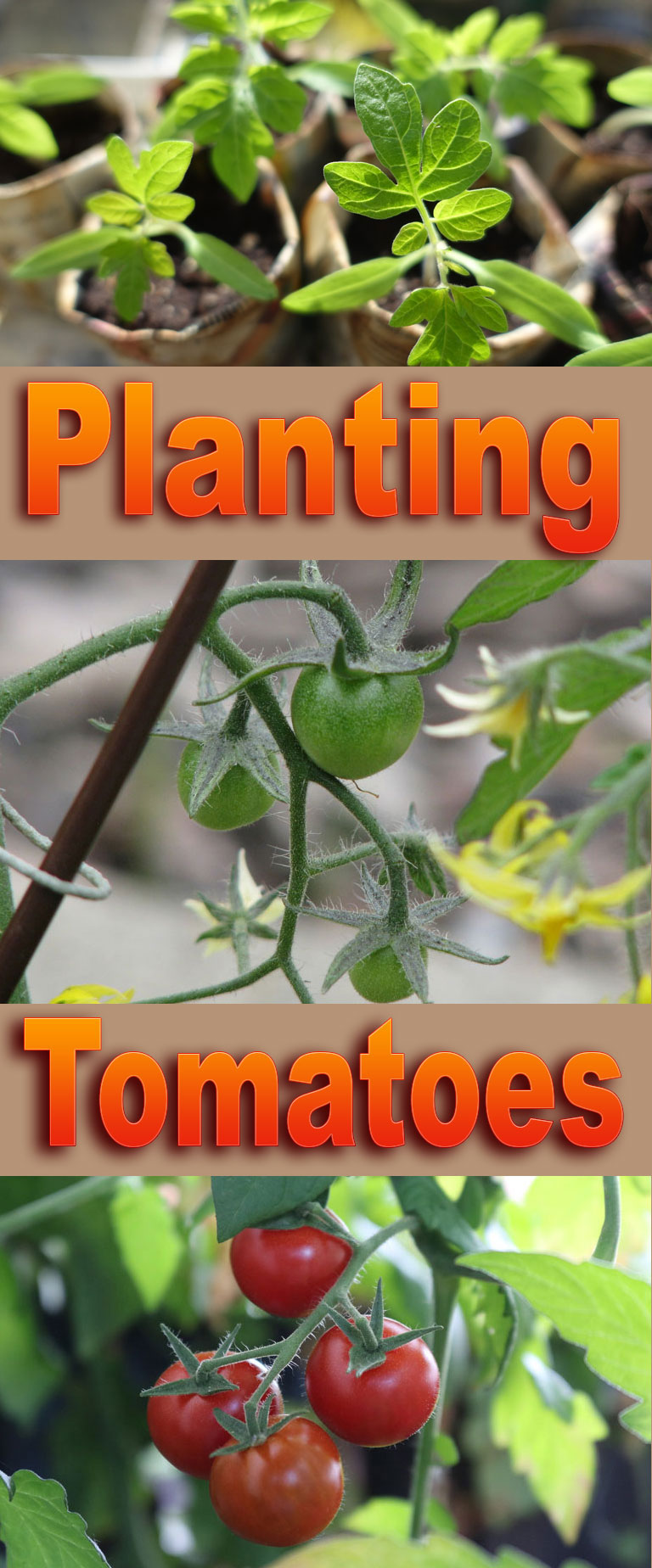
Planting Tomatoes
Tomatoes need at least six to eight hours of sun a day to produce well. Full sun is best, especially in cooler, more northern climates. Provide well-drained soil with a pH around 6.0 to 6.8. In cold-climate areas, plant in spring after frost danger is past. In hot climates, plant when temperatures begin to cool in early autumn.
Tools and Materials
- compost
- trowel
- garden fork/tiller
- plant supports(cages, stakes)
- plant ties
Prepare plants. To “harden” transplants to the elements, give them a week to 10 days of transition time between indoor and outdoor growing conditions. Start by putting plants in dappled shade, protected from strong winds, and bring them in at night. Gradually provide more exposure to sun and wind, and eventually leave them out overnight. Move them back inside if frost threatens.
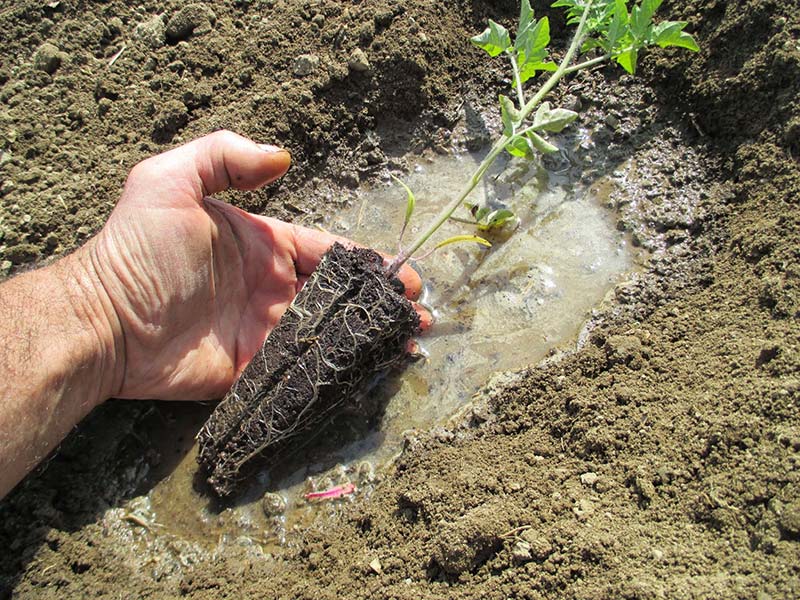
Prepare the soil. Work organic matter, such as composted manure, into the soil until it’s loose to a depth of at least 6 to 8 inches, using a rototiller or garden fork. If a soil test indicates a need to adjust pH, add limestone or sulfur as needed.
Transplant. Bury tomato stems up to the plant’s second true set of leaves, digging a 10- to 18-inch-deep hole, if necessary. Fill the hole with the amended soil. Roots will form along the buried stem. Protect plants from cutworms by wrapping a newspaper collar around the stems an inch or two above the soil surface to an inch or two below. There are many products available for protecting transplants from spring cold snaps, to gather heat, and protect them from wind. For a homemade version, encircle each plant with a section of one-foot-high black felt roofing paper.
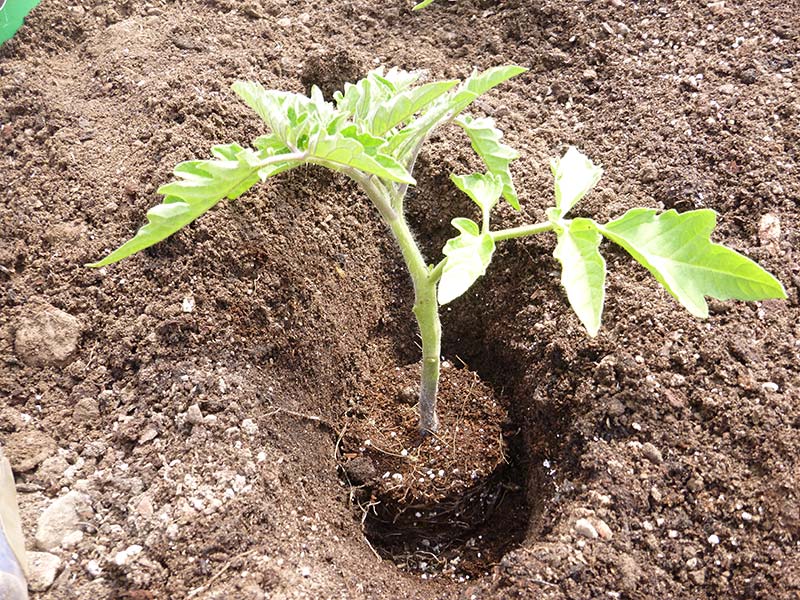
Install support. There are many options for trellising or staking tomatoes. Here are two basic methods. In the first system, position wire cages over the plants. Use sturdy, 5 feet tall, galvanized wire mesh ? with holes big enough to get your hand in ? to make cages 12 to 30 inches in diameter. You need about 3 feet of mesh for every foot of diameter. Fasten the cages on two sides to short stakes driven into the ground to prevent them from toppling over.
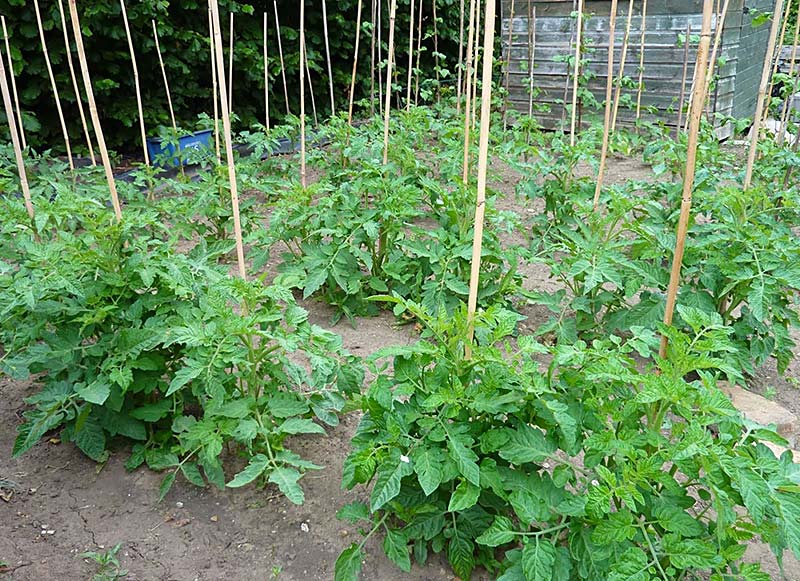
The second support system uses stakes and twine. Set sturdy, 6-feet-tall, 1- to 2-inch-wide stakes 3 or 4 feet apart, between plants, down the center of the row and at both ends. When the plants get about a foot tall, tie baler twine to an end post about 8 inches above the ground and string the twine down the row alongside the tomato plants, wrapping it once around each post. At the end of the row, begin working the twine back in the opposite direction 8 inches higher on the stakes. Weave plants through the twine as they grow.
Tips
Determinate tomatoes stop growing at a certain height, but indeterminate varieties continue to grow taller throughout the season. Dwarf or patio varieties grow only 2 to 3 feet tall and produce cherry-tomato-sized fruits.
Keep tomatoes well watered throughout the growing season to prevent disfigured fruits. Fertilize carefully: too much nitrogen encourages foliage at the expense of fruit.
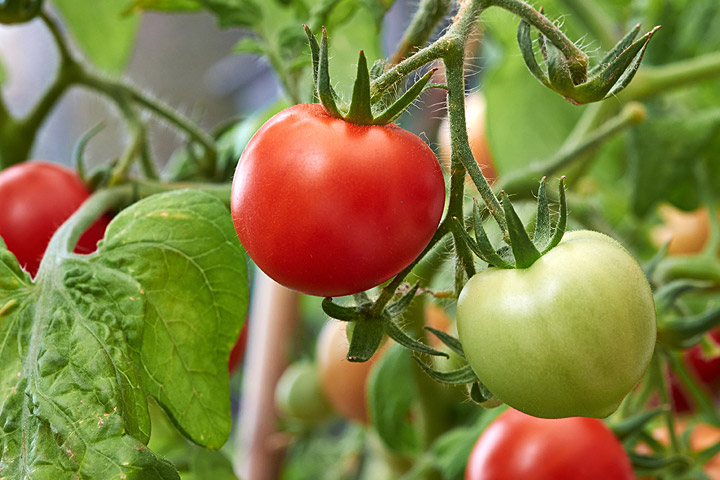
Please follow us on Pinterest and enjoy our collection of recipes, crafts, fitness, health tips, gardening, DIY and more…
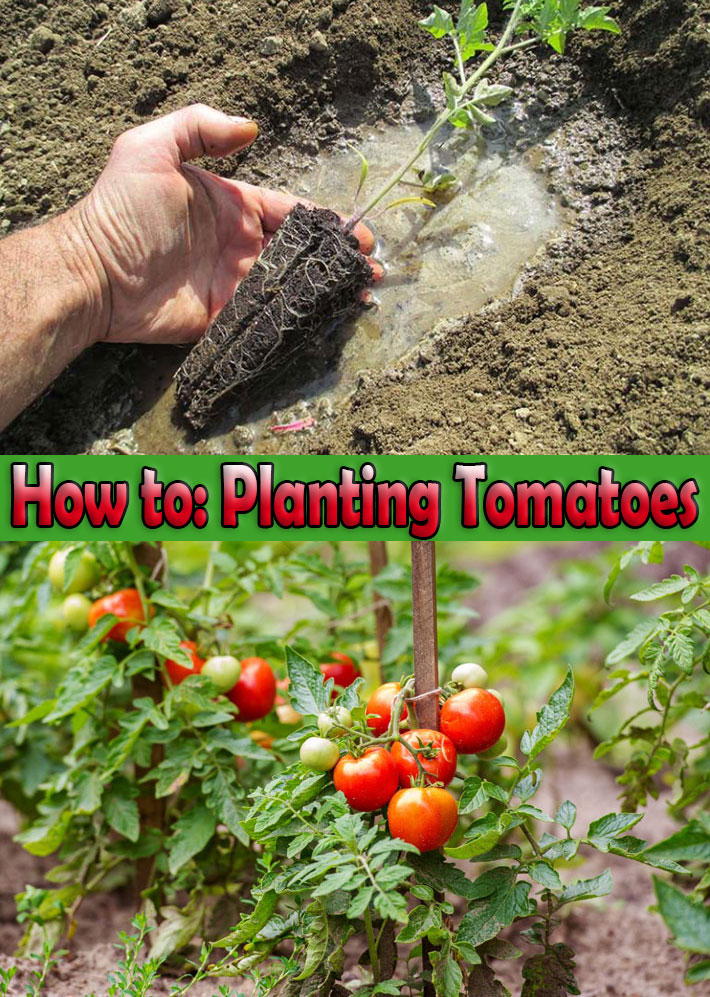

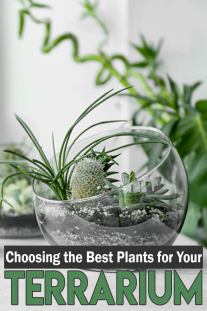
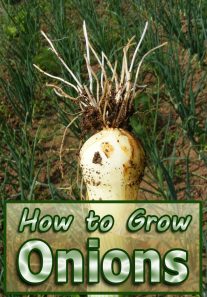
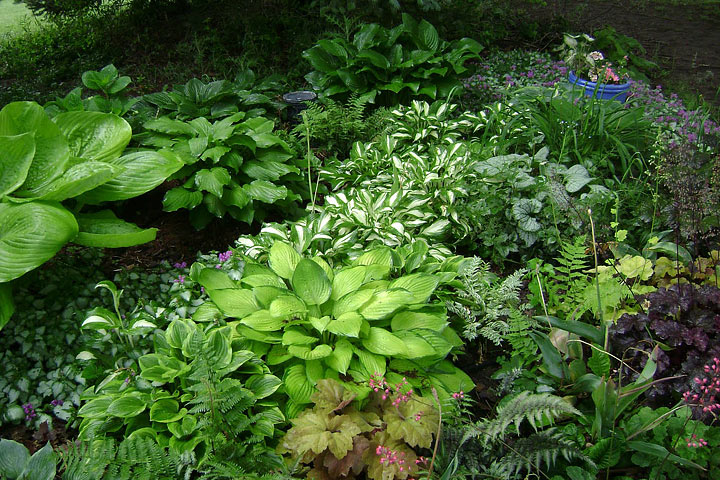
Leave a Reply